Not Very Uplifting
 What responsibility do we have for the things we make?
What responsibility do we have for the things we make?
At its root, this is a fairly straightforward science story. Neuroscience researchers at the University of Rochester and the University of Copenhagen successfully transplanted human glial progenitor cells (hGPCs) into a newborn mouse (here's the technical article in The Journal of Neuroscience, and the lay-friendly version in New Scientist). While glial cells are generally considered a support cell in the brain, positioning, feeding, insulating, and protecting neurons, they also help neurons make synaptic connections. The hGPCs out-competed the mouse glial cells, basically taking over that function in the mouse brain, and -- as had been found in similar research (with adult glial cells) -- the mice demonstrated greater intelligence than their unaltered fellows.
So, mice with grafted human brain support cells are smarter than regular mice. The next phase is testing with rats, which start out even smarter. The researchers insist that there's nothing especially human about these altered mice:
"This does not provide the animals with additional capabilities that could in any way be ascribed or perceived as specifically human," he says. "Rather, the human cells are simply improving the efficiency of the mouse's own neural networks. It's still a mouse."However, the team decided not to try putting human cells into monkeys. "We briefly considered it but decided not to because of all the potential ethical issues," Goldman says.
(...A statement that somewhat undermines his whole "it's still a mouse" argument -- after all, wouldn't it still be a monkey?)
As always, I'm mostly interested in the "what happens next?" question. It's likely that rats with hGPC will show increased intelligence; same with dogs. And just because this set of researchers won't add the hGPC special sauce to monkeys doesn't mean that somebody else won't do it. And maybe even throw in a few neuron precursors for flavor.
But even sticking with hGPCs, the fact remains: we're making these non-human animals demonstrably smarter. We are, in a very limited fashion, uplifting them (to use David Brin's terminology). They will be able to understand the world a bit (or even a lot) better than others of their kind. And at some point, we may well even end up with test subjects significantly smarter than typical and able to demonstrate behaviors unsettlingly close to our own.
What rights should any of these types of uplifted animals have? Do we need to spell out a greater set of rights for the human chimera mice in the news report? Or as we create increasingly more-intelligent-than-typical animals, will there a point at which they could no longer be limited to the rights given to all scientific research animals? At what point would it become a crime to kill them, no matter how humanely or in accordance with ethical standards? It would be easy to draw the line if the uplifted animals exhibit human-like behavior -- complex communication, for example, or the creation of art -- but what about intelligence-boosted animals that exhibit forms of higher intelligence that don't readily map to human-specific behavior but are clearly beyond what a typical animal of that species could do? When do we give them a say in their own lives?
This connects in fairly obvious ways to the ongoing efforts to provide more expansive rights to the Great Apes or Cetaceans, but it's equally an issue for the Magna Cortica project. What it's not is a science fiction question for our distant descendants. This is happening now, and these issues need to be addressed now.


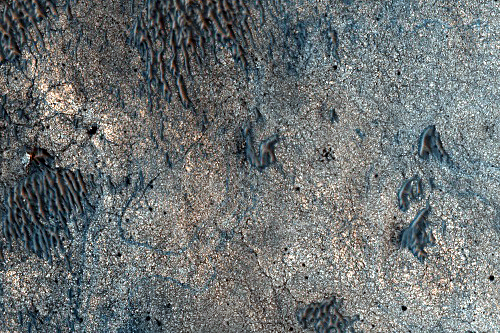

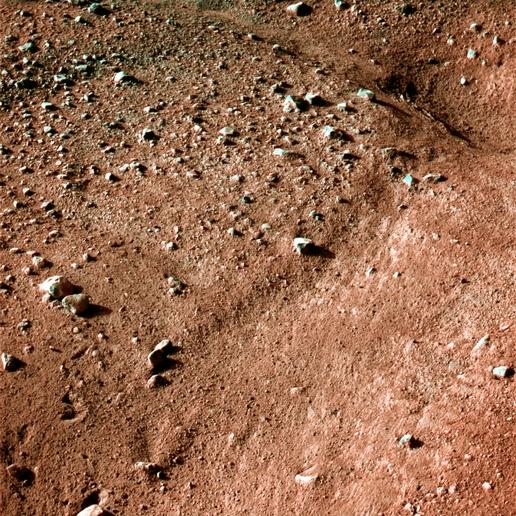
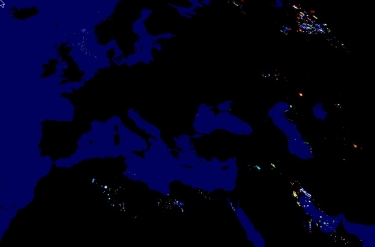 One of my favorite early pieces for WorldChanging was the essay
One of my favorite early pieces for WorldChanging was the essay 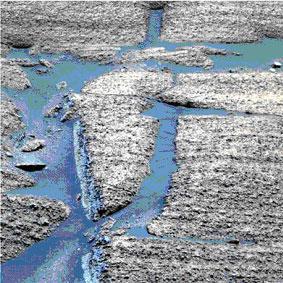 Woah. If this is confirmed, it's big.
Woah. If this is confirmed, it's big.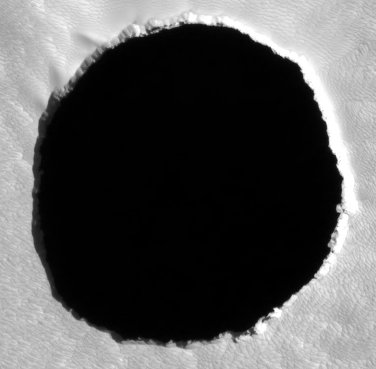
 You can't swing a dead cat-5 cable on the Interwebs today without running across a link to the "new Earth"
You can't swing a dead cat-5 cable on the Interwebs today without running across a link to the "new Earth"  (Or "I, for one, welcome our new cyber-mouse overlords!")
(Or "I, for one, welcome our new cyber-mouse overlords!")

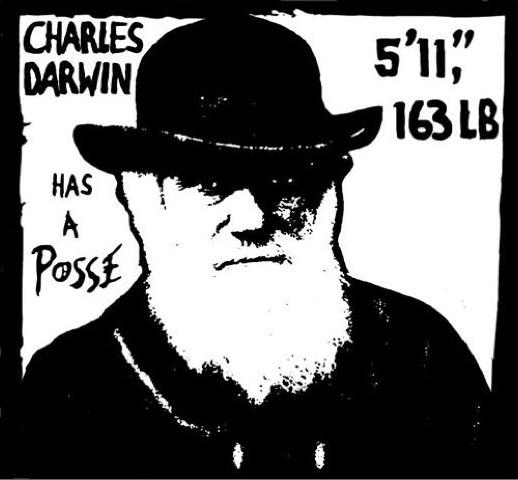
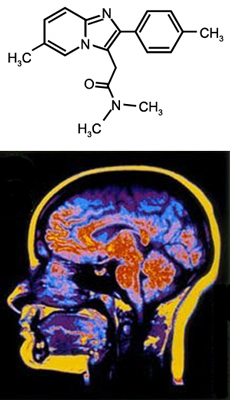 Well, that didn't take long.
Well, that didn't take long.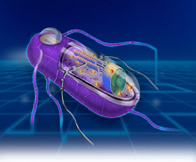 The
The